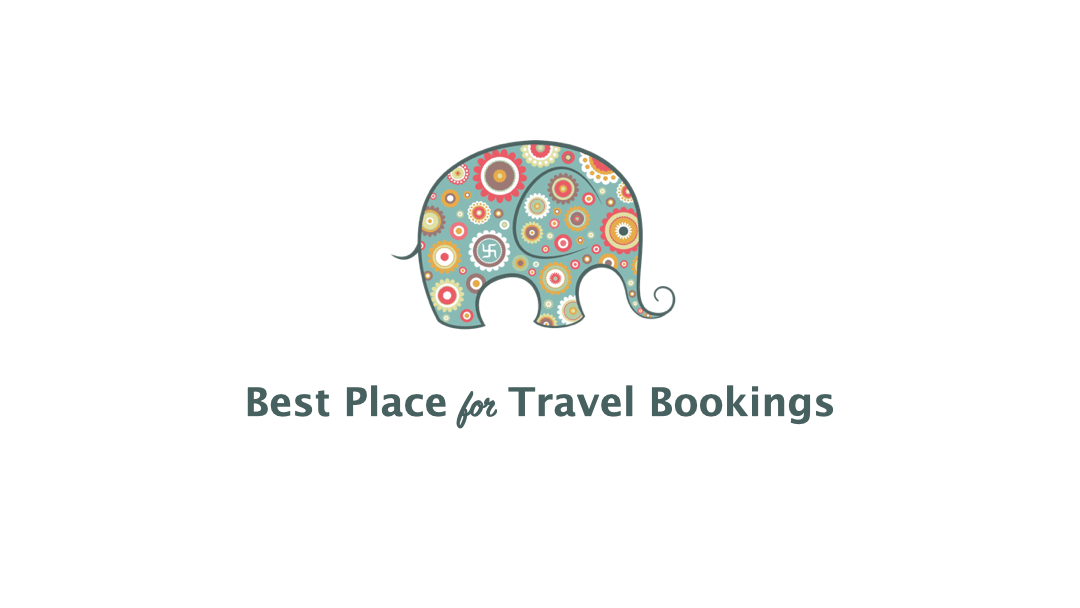
What to know before visiting Dubai
Dubai is one of the seven emirates that make up the United Arab Emirates (UAE), located on the southeastern coast of the Persian Gulf. It is a global city known for its rapid development, luxurious lifestyle, and impressive skyscrapers. Dubai has transformed from a small fishing village to a world-renowned business, tourism, and cultural hub. It is known for its modern architecture, high-end shopping, and attractions that draw millions of tourists each year.
Geography & Overview
-
Location: Dubai is situated on the northeastern coast of the Arabian Peninsula, bordered by the Persian Gulf to the north and the emirates of Sharjah to the east and Abu Dhabi to the south.
-
Size: Dubai spans about 4,114 square kilometers (1,588 square miles), making it the second-largest emirate in the UAE after Abu Dhabi.
-
Landscape: Dubai’s landscape includes a mix of coastal areas, desert dunes, and mountainous regions in the south. The city itself is known for its striking skyline, with iconic structures like the Burj Khalifa, the world’s tallest building, and Palm Jumeirah, a man-made island in the shape of a palm tree.
Weather & Climate
Dubai has a hot desert climate with very hot summers and mild winters. The city experiences sunny, dry conditions for most of the year.
-
Summer (June to September): Temperatures during the summer months regularly exceed 40°C (104°F), with July and August being the hottest months, where the temperature can often surpass 45°C (113°F). The humidity levels can be very high, especially near the coast, making the heat even more intense. It's common for temperatures to remain high even at night, sometimes staying above 30°C (86°F).
-
Winter (November to March): Winter is the most comfortable time to visit Dubai, with daytime temperatures ranging from 20°C to 26°C (68°F to 79°F). Nights can be cooler, but the weather is still pleasant, with minimal rainfall. This is the peak tourist season, and it's ideal for outdoor activities, beach visits, and sightseeing.
-
Spring and Fall: March to May and October to November offer moderate temperatures, making them good alternatives for travelers who want to avoid the summer heat while enjoying mild weather.
Best Time to Visit
The best time to visit Dubai is during the winter months from November to March, when the temperatures are mild and the weather is ideal for exploring the city’s attractions, lounging on the beaches, or enjoying outdoor activities like desert safaris. However, because it is peak tourist season, this time can also be more crowded and expensive.
If you're looking for lower prices and fewer crowds, the shoulder months of April, May, October, or November can be a good option, though it may still be quite warm during the day.
Local Currency
The official currency of Dubai is the United Arab Emirates Dirham (AED), often abbreviated as Dhs or Dh. While the dirham is the official currency, U.S. dollars (USD) are also widely accepted in many areas, especially in hotels, luxury shops, and international businesses. Credit cards are widely accepted, and ATMs are plentiful throughout the city.
Culture & Attractions
Dubai offers a unique blend of modernity and tradition, with an abundance of luxurious shopping, world-class dining, and cutting-edge architecture, as well as cultural experiences that reflect its deep-rooted Arabian heritage.
Some of Dubai's top attractions include:
-
Burj Khalifa: The tallest building in the world, standing at 828 meters (2,717 feet), with observation decks on the 124th and 148th floors, offering panoramic views of the city, desert, and ocean.
-
Palm Jumeirah: A stunning, man-made archipelago in the shape of a palm tree, home to luxury hotels like the Atlantis The Palm and upscale residential properties.
-
Dubai Mall: One of the largest shopping malls in the world, with over 1,200 shops, an ice rink, an aquarium, and numerous dining options. It’s adjacent to the Burj Khalifa and has a spectacular dancing fountain show at its base.
-
Dubai Marina: A waterfront district known for its high-rise buildings, restaurants, cafes, and luxury yachts. It’s an ideal place for a leisurely walk along the promenade or a boat ride.
-
Dubai Creek: A historical waterway where visitors can take traditional abra rides (small wooden boats) and experience the old Dubai, including the gold souk (market) and spice souk.
-
Desert Safari: A popular activity where visitors can explore the vast desert on a 4x4 dune-bashing adventure, ride camels, watch traditional dance performances, and enjoy a barbecue under the stars.
-
Dubai Opera: A state-of-the-art venue offering a wide range of performances, from ballet and opera to contemporary music and theater.
-
Al Fahidi Historical Neighborhood: A preserved area of Dubai that showcases traditional Arabian architecture, including the Dubai Museum housed in the Al Fahidi Fort.
Things to Do
-
Shopping: Dubai is a shopping haven, offering everything from luxury brands in Dubai Mall and Mall of the Emirates to traditional souks (markets) selling gold, spices, and textiles. The Dubai Shopping Festival (held annually in January and February) is a major event attracting tourists from around the world.
-
Beaches: Dubai has several beautiful beaches along its coastline, with popular spots like Jumeirah Beach, Kite Beach, and La Mer offering opportunities for sunbathing, water sports, and beachfront dining.
-
Skydive Dubai: For thrill-seekers, skydiving over the Palm Jumeirah offers an exhilarating view of the city’s skyline and the Arabian Gulf.
-
Indoor Skiing: The Ski Dubai facility in the Mall of the Emirates is a unique indoor ski resort, offering skiing, snowboarding, and even playing with penguins in the desert heat.
-
Dubai Miracle Garden: A stunning flower garden that features over 50 million flowers, it’s one of the most beautiful attractions to visit during the cooler months.
Culture & Etiquette
-
Religion: The majority of Dubai’s population is Muslim, and the city has a strong Islamic culture. However, it is a tolerant and cosmopolitan city with people from all over the world, and it welcomes tourists from various cultures.
-
Dress Code: While Dubai is relatively liberal compared to other parts of the region, it is still respectful to dress modestly, particularly in public spaces. Swimwear is appropriate at the beach or pool, but covering up when leaving these areas is advised.
-
Ramadan: During the Islamic holy month of Ramadan, Muslims fast from sunrise to sunset, and some restaurants may be closed or have adjusted hours during the day. It’s important to be respectful of local customs and traditions.
Transportation
-
Public Transport: Dubai has an extensive and efficient public transport system, including a metro network, buses, and trams. The metro system is modern and easy to use, and it connects many of the city's popular areas.
-
Taxis and Ride-Hailing: Taxis are available throughout the city, and ride-hailing services like Uber and Careem are widely used.
-
Car Rentals: Renting a car is also a popular way to explore Dubai, though traffic can be busy in certain areas.
Summary
Dubai is a city that seamlessly blends tradition and modernity, offering visitors everything from towering skyscrapers and world-class shopping to vibrant cultural experiences and beautiful natural landscapes. Whether you’re visiting for luxury, adventure, or relaxation, Dubai has something for everyone. The best time to visit is during the winter months (November to March), when the weather is more temperate, and there’s an abundance of outdoor activities to enjoy.
Location Map
Interdum et malesuada fames ac ante ipsum

